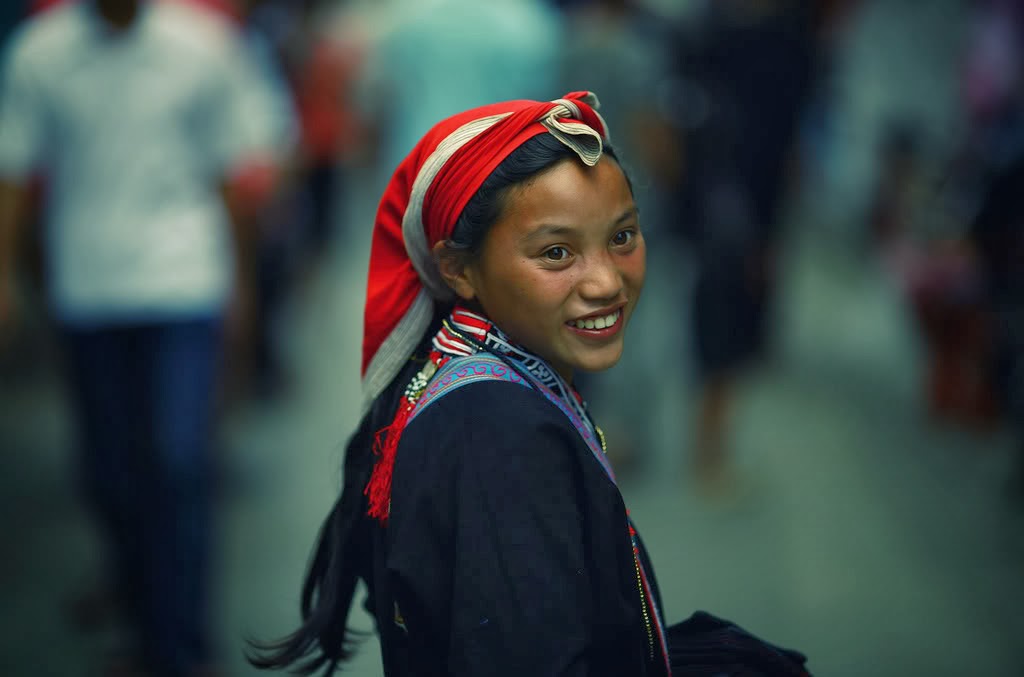Phu Quoc Island, also called Island of Pearls, is the biggest island in Vietnam. Phu Quoc lies in an archipelago which completes a district of Kien Giang province, includes 22 islands in Gulf of Thailand. The total area of the archipelago is similar to Singapore’s area. The coastal biosphere reserve of Kien Giang and this archipelago were recognized by UNESCO as the World Biosphere Reserve in 2006.
Phu Quoc is famous for its pristine beaches and many specialties such as fish sauce, pepper, seafood. Phu Quoc was projected and designed for tourism with different service area. One of the outstanding attractions in Phu Quoc is Phu Quoc National Park. The park reserves not only many endemic species of floral and sea animals for the world’s biography but also the long stunning beaches for tourism development.
 |
| Phu Quoc Island |
The highlight of this area is the dense coral reefs around the islands, which comprise up to 41% of the total ocean area.
Among the famous tourist spots, Dinh Cau is one of the highlights. The temple is in worship of Long Vuong (King of Ocean) situated on the rocks on the seashore. It was built for people to pray for peace and productive fishing for the anglers when they embarked. The shape of the rocks and the story about the temple make it become mysterious and fascinating to the visitors. The temple is surrounded by water below and the long golden coast in front make it as an miniature in a pond.
Everytime people mention about Phu Quoc, it will be definitely the pristine beaches to mention. Bai Sao or Star Beach is one of the most beautiful beaches in Phu Quoc with white sand and pure blue water. At the end of the beach, there are many odd-shaped rocks, where the swallows come to nest and lay eggs.
Bai Dai or Long Beach is also among the most stunning beaches on the island which orginates from Ganh Dau Cape stretching 15 km to Chao Mountain.
It is enclosed by the green virgin forest and Bai Dai Mountain Range. Lately, Bai Dai has been recognized as one of 100 most beautiful beaches in the world by CNN. This recognition will make further expectation of increasing tourists traveling to Phu Quoc.
Ganh Dau Cape is an ideal place for sun-sea-sand relaxation as well. There is a tough and lumpy rock protruding to the northwest, is situated on a primitive white beach leaning on the virgin forest behind.
Apart from the ravishing beaches, tourists can enjoy picturesque scenery seemingly like aquarelle. Tranh Stream attracts many tourists because of its stepped waterfall flowing from high to low making a foggy stream. People come here to swim in the pure and clear sweet water flow and take adventure of climbing up the waterfall.
Beside enjoying the fabulous and pristine beaches, tourists can also visit agriculture farm and fishing villages on the islands. The Pearl Farm, Pepper Farm, Fish sauce factory and Ham Ninh fishing village are the most popular spots to visit on the island. The products branded Phu Quoc have become well-known throughout the country and international.

















































